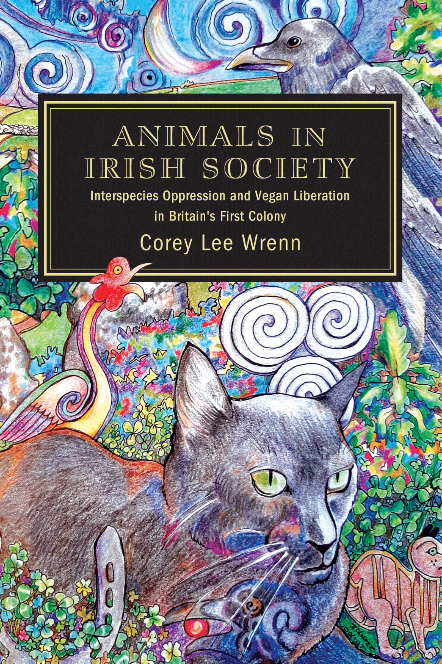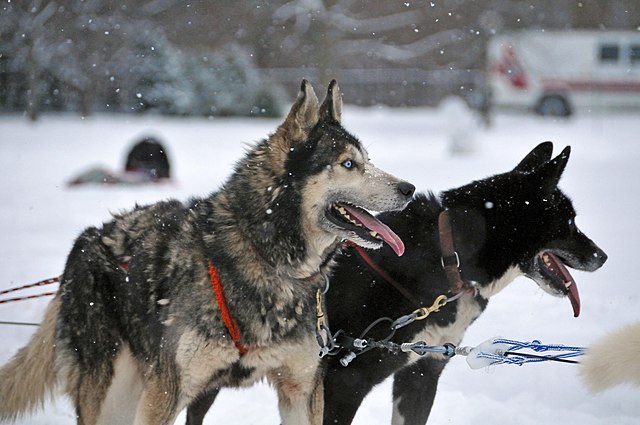Race to the Poles is an American documentary produced for Discovery Channel in 2000. The film follows the international competition between America, Britain, Norway, and other countries keen on being the first to plant their flag. Typical of many historical stories told from a Western perspective, the experiences of white males take precedence, while vulnerable populations are often relegated to the sidelines or ignored altogether.
Arctic exploration involved a great deal of heroism as men scrambled for fame and glory. Much of their successes (and near successes (it took countless attempts before the poles were finally reached) were heavily dependent upon the native population that assisted them. It is doubtful as to whether the European and American explorers were welcome in the first place, as Inuits, their land, and their waters have been heavily exploited by outsiders over the centuries. Explorers often adopted a paternalistic attitude toward them. It is known that Commander Peary, an American explorer in the North Pole, took a 14-year-old Inuit girl as a “mistress.” Many other polar explorers, in fact, sexually exploited native women and abandoned the resulting children.
The exploitation of Nonhuman Animals was also central to the explorations. Hundreds of dogs were transported by ship and pushed across hundreds of miles of ice in sub-zero weather. Peary commented: “Other dogs may work as well or travel as fast and far when fully fed; but there is no dog in the world that can work so long in the lowest temperatures on practically nothing to eat.” Many were run to death. Others might be set free to “fend for themselves” (i.e. die) in the icy abyss. Weak dogs were sometimes killed to be cannibalized by their languishing companions.
Ponies, too, were pulled into the race. British explorer Captain Robert Scott brought several Nordic ponies who were not able to withstand the temperatures and had difficulty walking in the snow. Some starved to death, but Scott reports shooting the rest.
Free-living animals like muskox, seals, narwhals, deer, and walruses also met gruesome ends as adventurers attempted the poles again and again and ran low on food supplies. Still more were killed as the adventurers waited in boats for months for optimal traveling times. An explorer describes a walrus hunt:
Mac had a Winchester automatic rifle, and he got off five shots so fast that before the first one left the muzzle the other four were chasing it. He dropped a large bull, which gave a convulsive flop and rolled into the water with a splash. I hit a couple, and with hoarse grunts of pain and fury they all wriggled off the ice and dived out of sight. The boat was hurried to within five yards of Mac’s bull, and an Eskimo hurled a harpoon, hit the large bull, and threw overboard the sealskin float. At this stage of the game about forty other walruses, that had been feeding below, came up to the surface to see what the noise was about, spitting the clam shells out of their mouths and snorting. The water was alive with the brutes, and many of them were so close to us that we could hit them with the oars. A harpoon was driven into another by a corking throw [ . . . ]
– Robert E. Peary (1910) The North Pole
Indeed, the entire expedition was thoroughly dependent upon the life and death of other animals. The hair and skin of Nonhuman Animals often comprised their clothing. Countless Nonhuman Animals were killed and rendered, potted, and otherwise preserved for the supplies picked up in nearby ports or donated by advertisers sponsoring the expeditions.
 This essay originally appeared on the Animals & Society Institute’s Human-Animal Studies Cinema Blog, June 24, 2013. Readers can learn more about the colonial politics of speciesism in my 2021 publication, Animals in Irish Society: Interspecies Oppression and Vegan Liberation in Britain’s Oldest Colony. Receive research updates straight to your inbox by subscribing to my newsletter.
This essay originally appeared on the Animals & Society Institute’s Human-Animal Studies Cinema Blog, June 24, 2013. Readers can learn more about the colonial politics of speciesism in my 2021 publication, Animals in Irish Society: Interspecies Oppression and Vegan Liberation in Britain’s Oldest Colony. Receive research updates straight to your inbox by subscribing to my newsletter.
